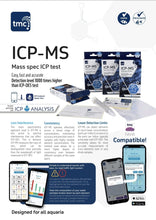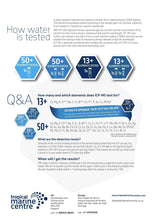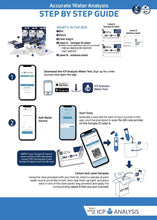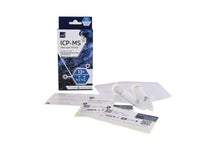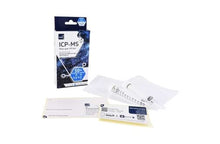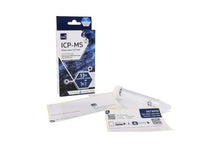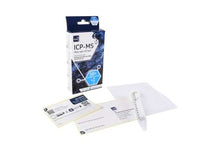
ICP-MS Mass spec
ICP test Easy, fast and accurate Detection level 1000 times higher than ICP-OES test.
Less Interference
The mass spectrometry approach used in ICP-MS is less prone to spectral interferences that can affect ICP-OES. This is because ICP-MS measures the mass of ions, which can be distinguished more precisely than the wavelength of light measured in ICP-OES.
Consistency ICP-MS operates effectively across a broad range of concentrations, maintaining accuracy and precision even in samples with highly variable element concentrations. The method used allows for a much higher degree of consistency even between different samples of the same batch.
Lower Detection Limits
ICP-MS can detect elements at much lower concentrations (parts per trillion) compared to the parts per billion typically achievable with ICP-OES. This sensitivity allows for more accurate measurements of trace elements even in very dilute samples.
How many and which elements does ICP-MS test for?
13+ Ca, Mg, K, Cl**, Na, S, Sr, Br**, Fe, I*, P, As, Cu, (PO4)
50+ Ca, Mg, K, Cl**, Na, S, Sr, B, Br**, Co, Cr, Fe, I**, Li**, Mn, Mo, P, Ni, V, Zn, Ag,
Al, As, Au, Ba, Be, Cd, Ce, Cs, Cu, Dy, Er, Eu, Ga, Ho, Ir, La, Nb, Nd, Os, (PO4)*,
Pb, Pd, Pr, Pt, Rb, Re, Ru, Sb, Se, Si**, Sm, Sn, Ta, Te, Th, Ti, U, W, Zr
What are the detection levels?
Detection limits are the smallest amount of the element being tested that the ICP can see. For example, in a Fresh Water sample, we can find Calcium, Ca, at 3.349 ppb or micrograms/l (µg/l) whereas in ICP-OES you are only going to get mg/l (ppm). That means we can tell you how much Calcium is in your water down to 3.3 parts per billion.
When will I get the results?
TMC ships to the ICP-Analysis certified lab in the US several times a week from both London and Lisbon. We aim to provide you the results via the app or online area in the shortest possible time. Results should be visible within 4-7 working days after the sample is received by TMC.








